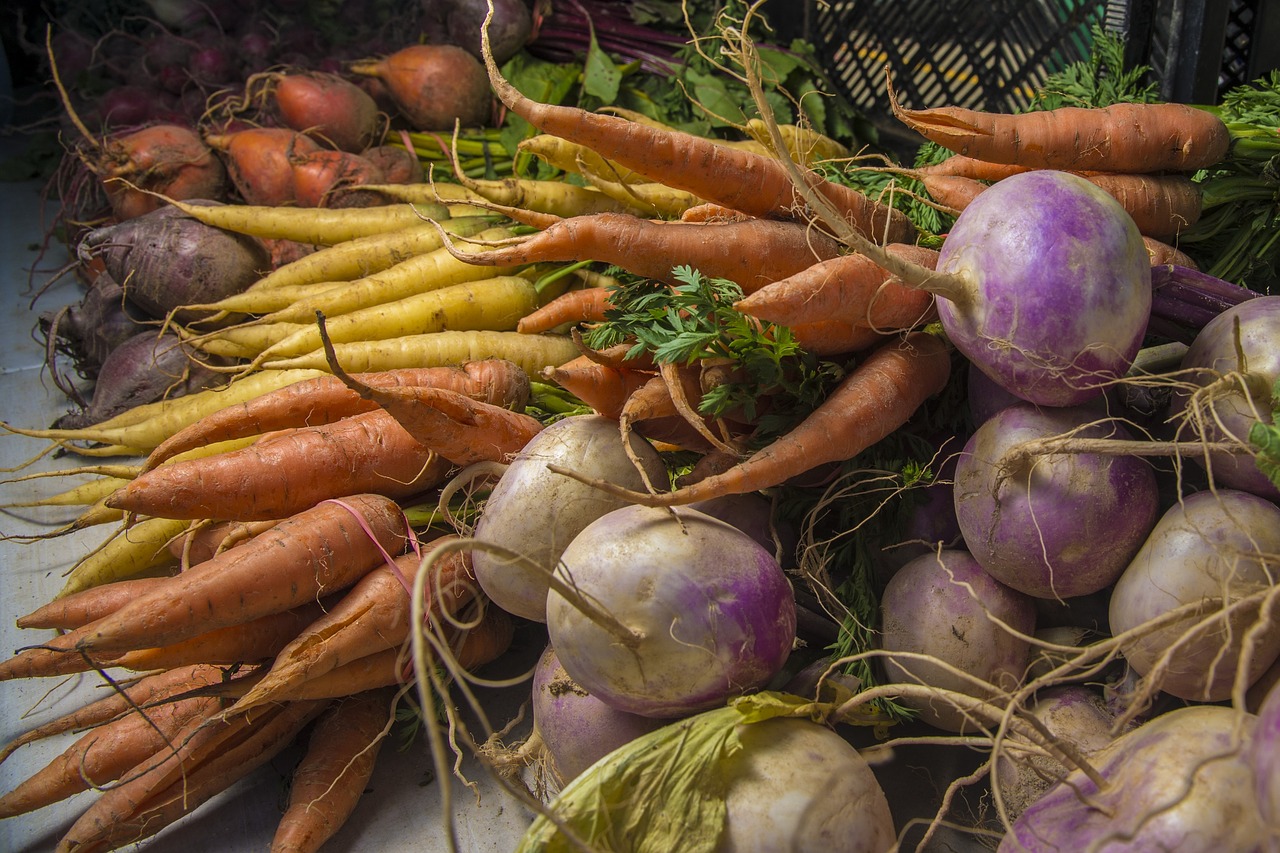

Se descubrió que la mauka está más ampliamente distribuida de lo que se pensaba. También se reevalúo la distribución de este cultivo y se exploró las posibilidades para su conservación. Se baso en entrevistas con cuarenta agricultores en los departamentos de Ancash, Huánuco, Puno, y Amazonas. Este estudio está basado en trabajo de campo realizado en el Perú durante el 2016, documentando los conocimientos etnobotánicos sobre la mauka.

Aunque es conocida como una parte de la variedad de raíces y tubérculos nativos cultivados por agricultores de la región andina, la “mauka” ( Mirabilis expansa (Ruíz & Pav.) Standl.) es poco usada fuera de las comunidades locales donde la gente se cultiva, y está en proceso de desaparecer. Promisingly, through facilitating an encounter between several of these farmers and chefs at the renowned Peruvian restaurant Central, we demonstrate that revaluing mauka as a gastronomic ingredient could incentivize ongoing cultivation.ĭesenterrando La Raíz ‘Perdida’ De Los Andes “Mauka” ( Mirabilis expansa Standl.).

Farmers reported a substantial decline in mauka cultivation in their communities 20–50 years ago, with its lack of commercial value cited as a major reason for abandonment. Mauka was found to be more widely distributed in Peru than previously thought, and a total of 21 germplasm specimens were collected for ex situ conservation, including one landrace from Puno that had not been previously described. Further, it re-evaluates the distribution of the crop and explores opportunities for conservation. Based on fieldwork carried out in Peru in 2016, this study documents ethnobotanical knowledge of mauka through interviews with 40 farmers across the regions of Ancash, Huánuco, Puno, and Amazonas. Although recognized as part of the vibrant array of native roots and tubers that support farmers’ livelihoods in the Andean region, the root vegetable “mauka” ( Mirabilis expansa (Ruíz & Pav.) Standl.) is little known outside the scattering of communities where it is cultivated and is considered at risk of disappearance. Send us feedback.Unearthing the “Lost” Andean Root Crop “Mauka” ( Mirabilis expansa Standl.). These example sentences are selected automatically from various online news sources to reflect current usage of the word 'root crop.' Views expressed in the examples do not represent the opinion of Merriam-Webster or its editors. 2020 The other root crops take longer to be ready to harvest but can be harvested over a long season.Ĭalvin Finch,, 30 Aug. 2020 The 16-year-old agtech startup has taken aeroponics to an industrial scale, growing some 800 varieties of leafy greens, tubers, root crops, vine crops, and berries all without soil, sunshine, or pesticides.Īnne Quito, Quartz, 21 Feb. Trickier to grow are root crops like carrots, beets or potatoes, and tall ones like corn, which will fall over. 2020 For fruit, strawberries are a good option. 2020 Buy: Around $48 at Home Depot Digging fork A good garden fork is indispensable to loosen soil, aerate sod, dig root crops and transplant bulbs. 2020 The next 30 percent should be for high-calorie root crops, like potatoes.Īc Shilton, Popular Mechanics, 21 Apr.

2021 When replanting edibles beds, follow heavy-feeding vegetables like spinach and cabbage with nitrogen-replenishing legumes such as beans, peas, and soybeans or plant a less-demanding root crop. Jeff Lowenfels, Anchorage Daily News, The first definite reports of carrots as a root crop came from modern day Afghanistan, Iraq and Pakistan. Recent Examples on the Web Another fast-growing root crop, often ignored, are turnips.


 0 kommentar(er)
0 kommentar(er)
